With the new EFG 4 Series, Jungheinrich brings a powerful range of electric forklifts with load capacities from 2.5 to 3.5 tonnes. The trucks are spacious, smooth and unprecedentedly powerful when needed. But are they also an alternative to diesel- or LPG-powered trucks? A valid question because Jungheinrich has stopped production of IC truck in March 2023. This test provides the answer.
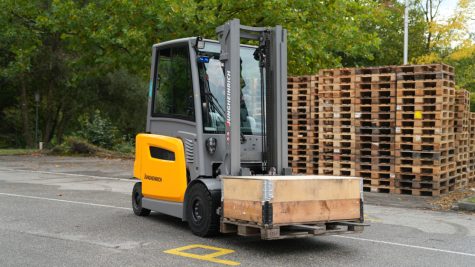
A couple of years ago, Jungheinrich asked us to see and drive their prototype of a powerful 3 ton electric forklift ‘off the record’. The concept was spot on, but then came Corona. The whole world went into slow motion and many plans were put on hold, including at Jungheinrich. In retrospect, that didn’t work out badly at all for the manufacturer. Design drawings were revisited, the goals adjusted, and the result is worth it. The new EFG 4 Series is roomier, more practical, stronger and more flexible to use than the concept truck of the time. With its predecessor from the former EFG 4-Series, the newcomer scores better on all aspects. Here, fortunately, the operating concept and the Jungheinrich experience have remained unchanged and pleasant.
With the rethinking by Corona and developments in the energy market, Jungheinrich recently took a drastic decision. The manufacturer stopped producing combustion-engine forklifts since March 2023. All arrows are set on electric traction, but for that you need a truck that at least matches the performance of its IC brothers in this weight class. The new EFG 4-Series has been developed for that purpose. The new truck series gets its speed and power from two travel motors that together are much more powerful than the single motor of the past. The lift pump motor has also become more powerful, hydraulic working pressure and oil volume have been increased and a heavy duty valve block has been added to optimise working with heavy attachments. An optional additional oil cooler also ensures virtually unlimited use in tough conditions. Besides the 425, the 430 and 435, the EFG 4 series also includes compact chassis sizes EFG 425k and 430k. For use at a load centre of gravity of 600 mm, the EFG S30 is on standby. All trucks reach a maximum lifting height of 7,500 mm.
In our test, we are introduced to the EFG 425, a 2.5-tonne electric forklift with twin 3,300 mast and full cab. The truck is a drive&liftPLUS version for extra power; those who prefer economy and maximum uptime can opt for the Efficiency variant.
The EFG 4 Series has both new and familiar features. When getting on, the plastic anti-slip grid of the extra step looks familiar from previously released Jungheinrich trucks. The same goes for the step height and the clearance of the on/off step: it’s all in order. Once on the Grammer forklift seat, we notice that the lap belt is a bit difficult to grip. We also regularly struggle with the safe but forced sequence of first sitting down, next switching on the ignition, and then closing the belt. The truck won’t get to work otherwise. Jungheinrich calls it accessCONTROL and the system will probably be mandatory from 2026. On the positive side, the cabin exudes a high degree of calmness. The bright TFT display provides the necessary info and the necessary switches for lights etc. are neatly placed without being obtrusive.
From the fine seating position, we see the same components as in previous Jungheinrich models: the extremely slim, tilt- and height-adjustable steering column with single-point adjustment, the multi-adjustable armrest and a rich range of storage space on the right cab side. The armrest of our test truck is equipped with the soloPILOT, but of course also available with duo or multiPILOT mast control.
Improvements within the cab concept are the extra foot space and all-round and upward visibility. The B-pillars are slimmer, the windows are glued rather than clamped so you don’t look at the fasteners either, there is a new mounting rail for additional items such as terminals and scanner holders and the roof window has been greatly enlarged. The barless panoramic roof more than ever lives up to its name. A large sun visor and sun roller provide extra visibility and working comfort as required.
For cold days, a heater is available. At 2.2 kW, it delivers more power than its 1.5 kW predecessor. Also optionally available is an air conditioner, which extends neatly just behind the roof edge above the counterweight and does not raise the cabin. The optional Sound module can be linked to the mobile phone via Bluetooth for communication and music.
Like almost all Jungheinrich lift and warehouse trucks, the EFG 4-Series has 5 standard drive/lift programmes that you can easily choose yourself. We run our test on both maximum mode 5 and the more economical mode 3. On mode 5, we measure a record lifting speed, even when compared to the average of combustion engine trucks. We achieve driving speeds of 20 km/h, which is fine. Driving much faster does not make sense unless you can drive at least 75 metres or more undisturbed straight ahead and even then the gain is marginal. Compared to the average of the electric trucks in our database, the EFG 4 Series scores much better values in all aspects.
On the slightly quieter mode 3, the newcomer achieves a 6% better score compared to the average in the IC truck segment. On mode 5, productivity is 16% above that of the average combustion truck and 20% compared to the average of electric trucks. At 389 pallets per 8 hours, the EFG 425 even records a top score and sets a new benchmark for all truck types in the 2,5 ton class. Perhaps this could be tightened even further if the engineers could increase the sprint speed a little more. Compared to another very reputable brand of superpowered electric truck, the sprint speed is noticeably lower. This is also true compared to the average of internal combustion engine trucks. Perhaps fitting a lithium-ion battery could make the difference. Typically, trucks with li-ion technology respond slightly faster to all commands. With the EFG 4-Series, you can choose either battery type as a power source, even as a retrofit.
Whether Jungheinrich or the user needs that extra power is the question. It doesn’t all have to be so powerful, especially if you drive the truck a lot inside the company walls. For years, the most important aspect from our tests has proved to be the overall sum of predictability and that is downright good on the EFG 425. The curveCONTROL is set just right and keeps the truck on a safe course in fast cornering. The truck has a pleasantly low centre of gravity. The automatic parking brake keeps things neatly in place, even on inclines. The degree of braking on the drive motors is as you’d expect, so you barely do any additional braking with the foot brake. Here we do see a point for improvement, as the height of the brake pedal compared to the accelerator pedal is too high. You could theoretically get stuck behind the brake pedal in an emergency stop.
The mast control is via the soloPILOT is familiar and predictable, the cabin space is fine and for reversing, a handle with horn is present on the B-pillar. However, this is an option and, as far as we are concerned, should always be part of the standard equipment. In terms of energy consumption, the new Jungheinrich scores better than the market average, but less well than its predecessor, which was listed as ‘economical’. What do you expect with all that power on board? All in all, with the truck on position 5, we get a practical deployment time of 8 hours and 19 minutes out of the 775 Ah/80V lead acid battery. On position 3, that’s an hour and 15 minutes more.
Yes, the new EFG 4 Series matches and exceeds the performance of a truck with a diesel or LPG engine. In the process, it is quieter, smoother and more pleasant to drive. Even on uneven terrain, the Jungheinrich scores well thanks to the chassis-cab decoupling and an attractive, rattle-free construction. The revamped cabin and construction with IP 54 dust- and splashproof motors and maintenance-free slat brakes also make it well suited to outdoor use.
Those who want to use the truck super-intensively would do well to opt for the lithium-ion version, which you can recharge with impunity between uses. If you do not need maximum performance, simply set the truck to mode 3 or choose the efficiency version. Thereby, the EFG 4-Series offers a spacious workplace, with lots of visibility and storage space and, above all, a very recognizable Jungheinrich layout. Various options are available such as assistance systems for extra safety, as well as USB ports and 12V sockets. In short: the new EFG 4 is a real Power House with a very open character.
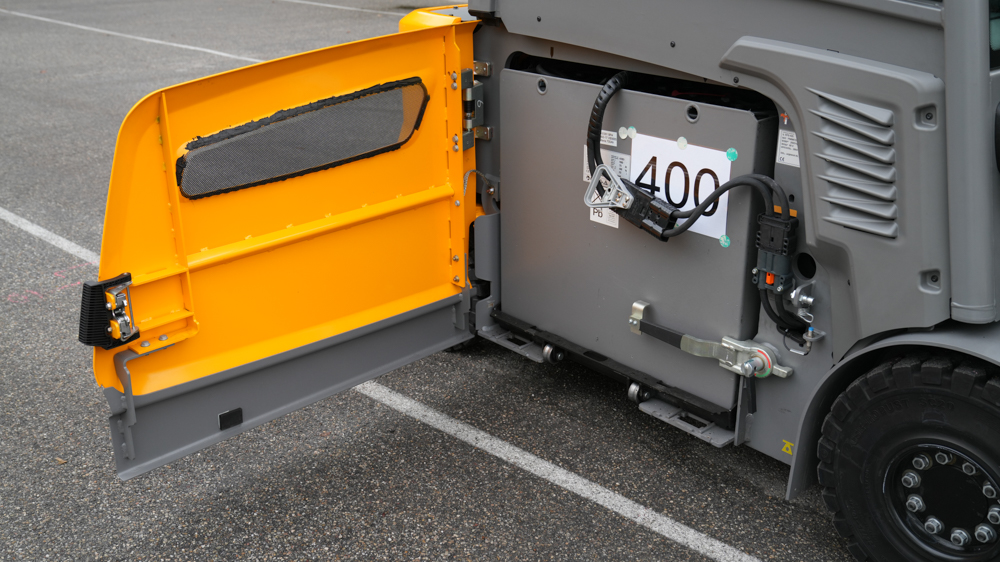
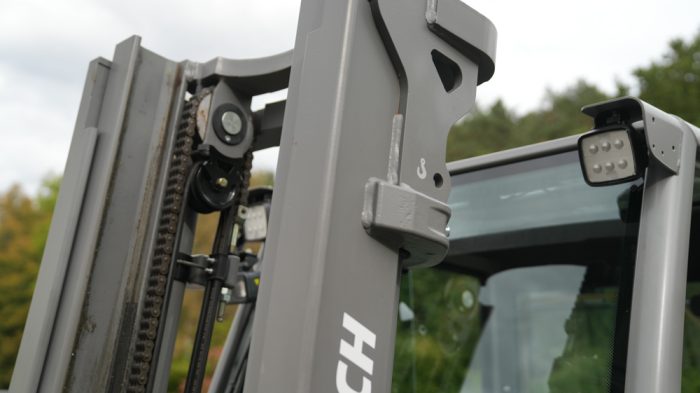
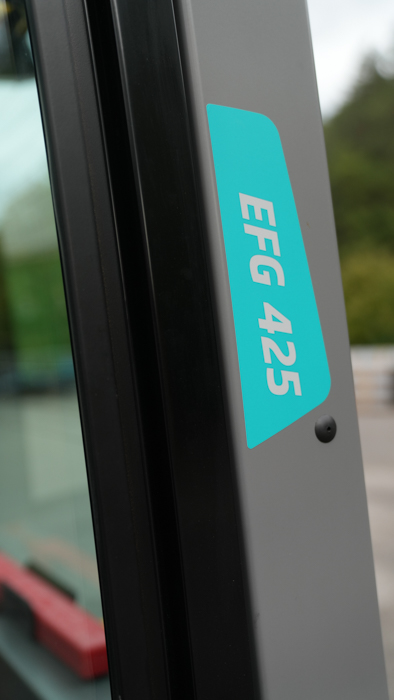
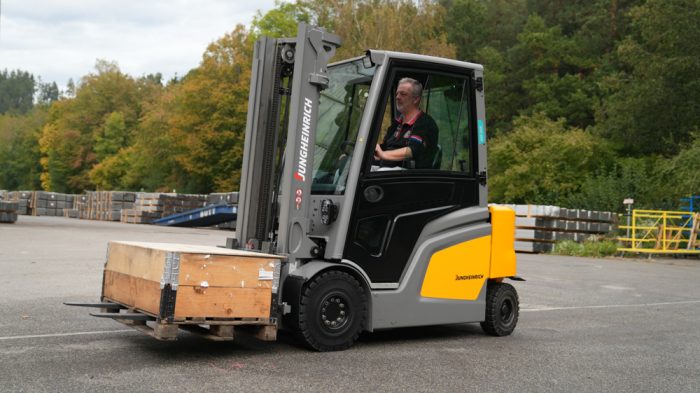
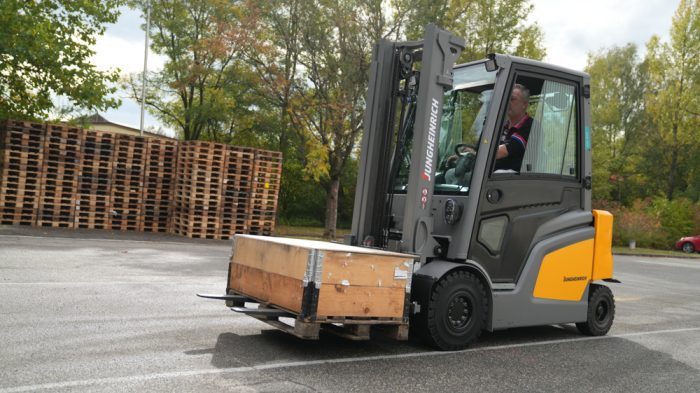
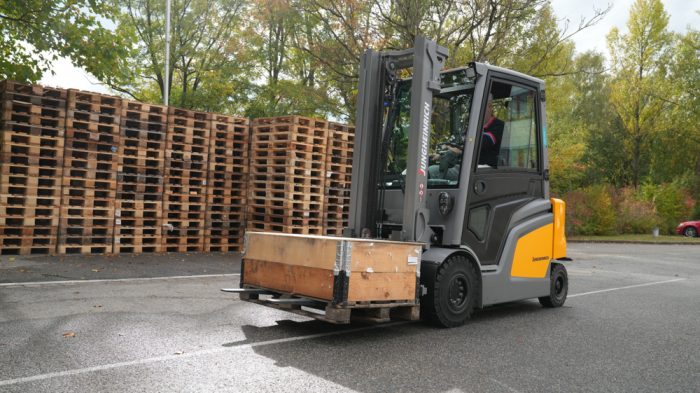
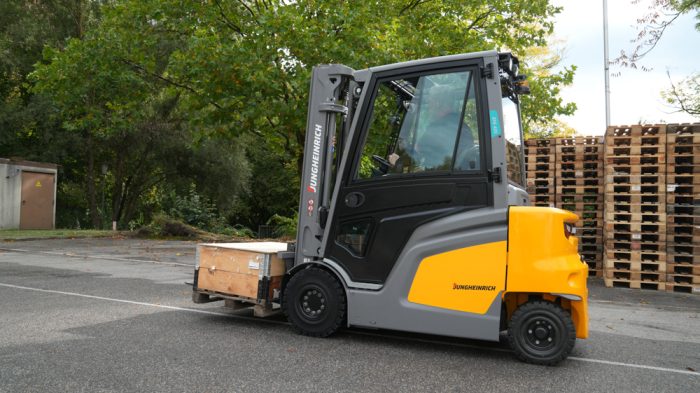
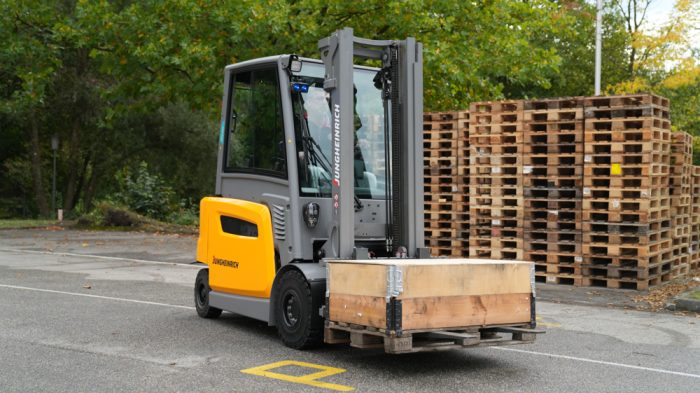
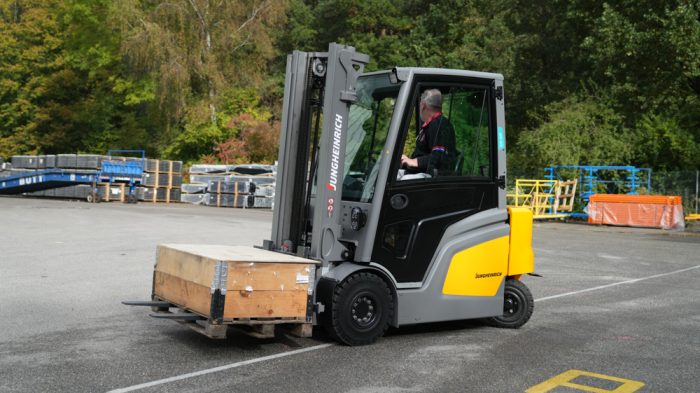
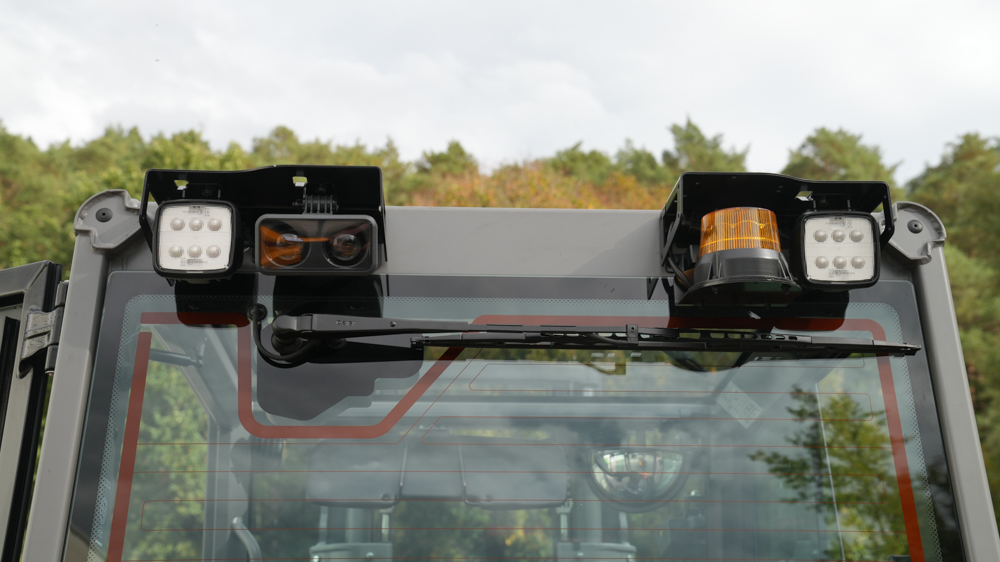
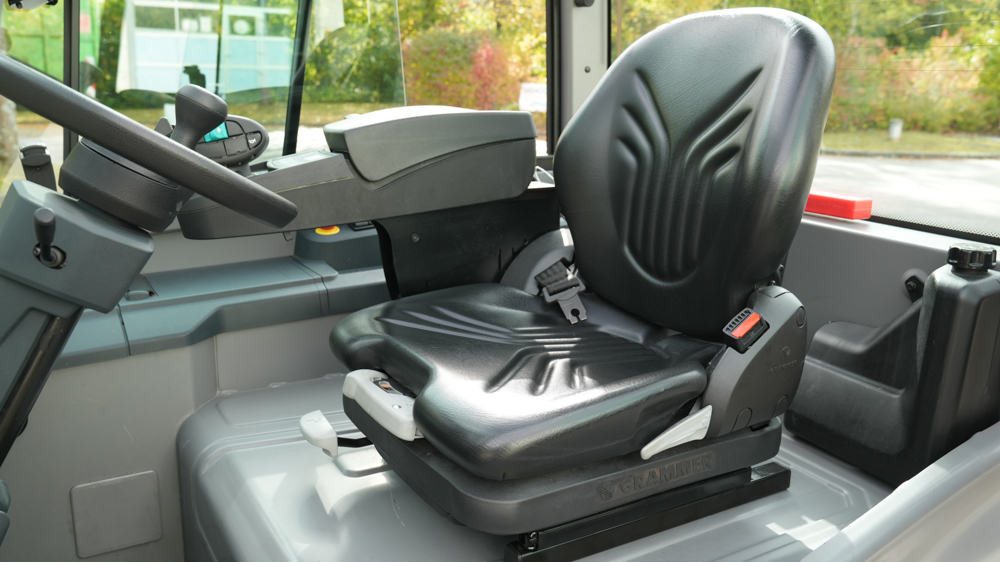
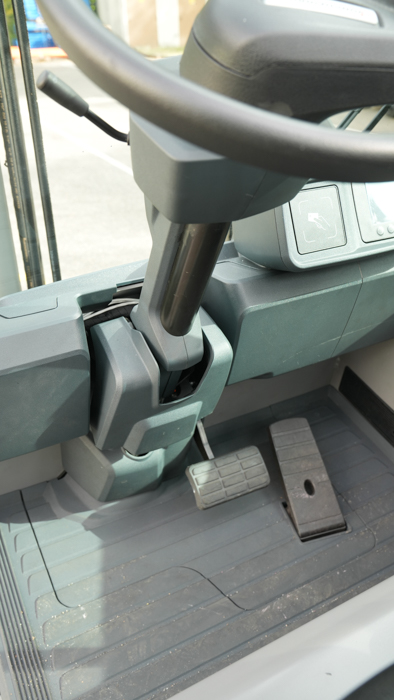
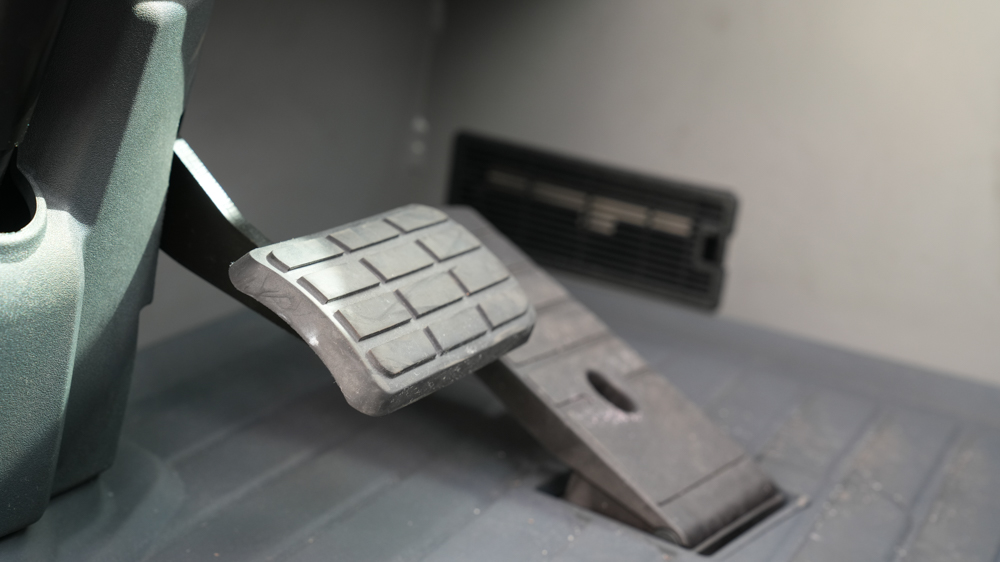
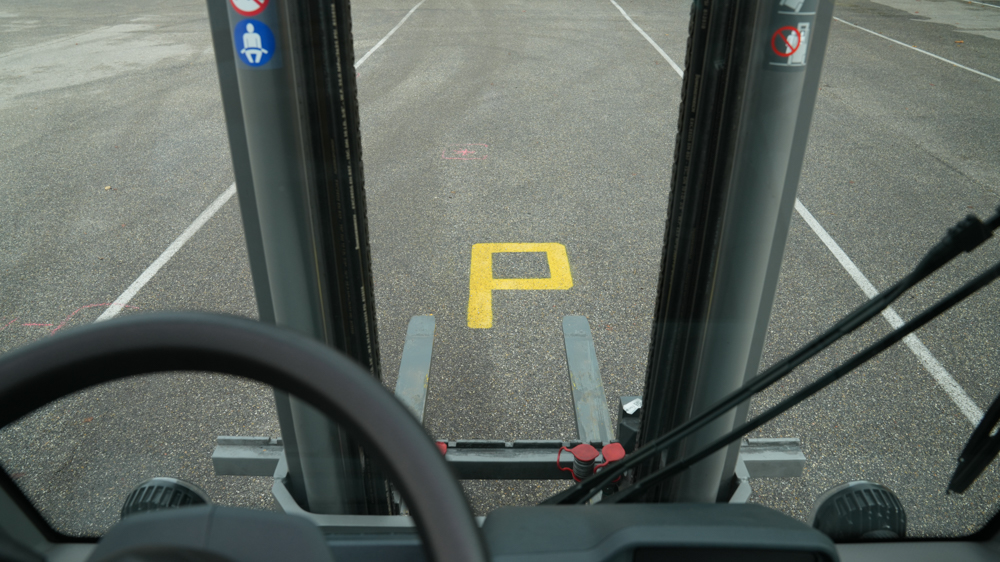
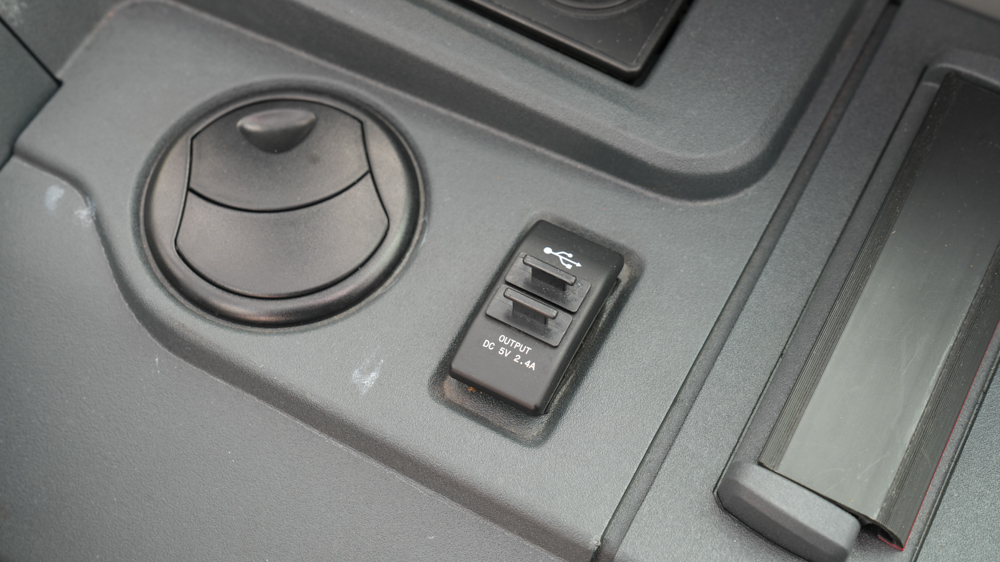
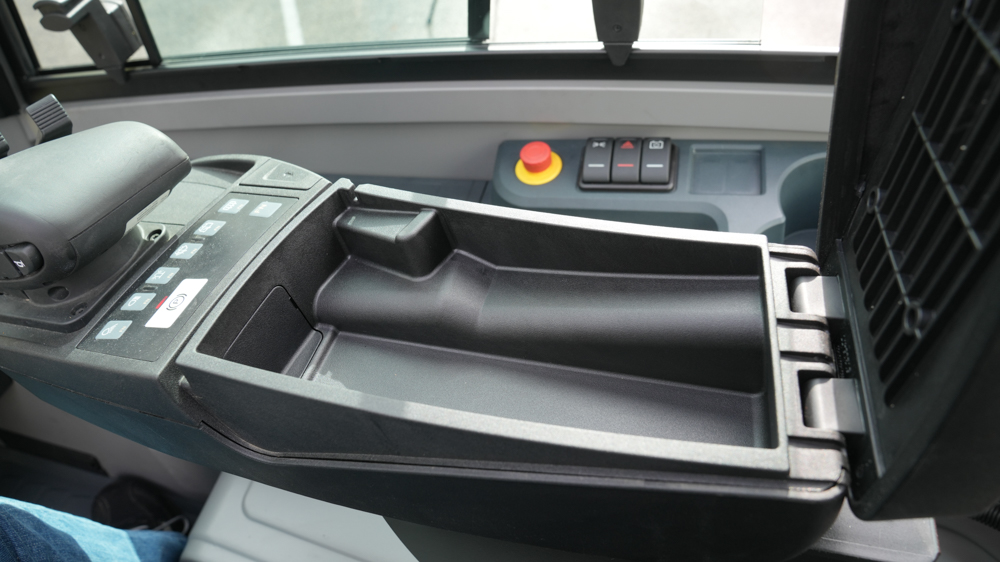
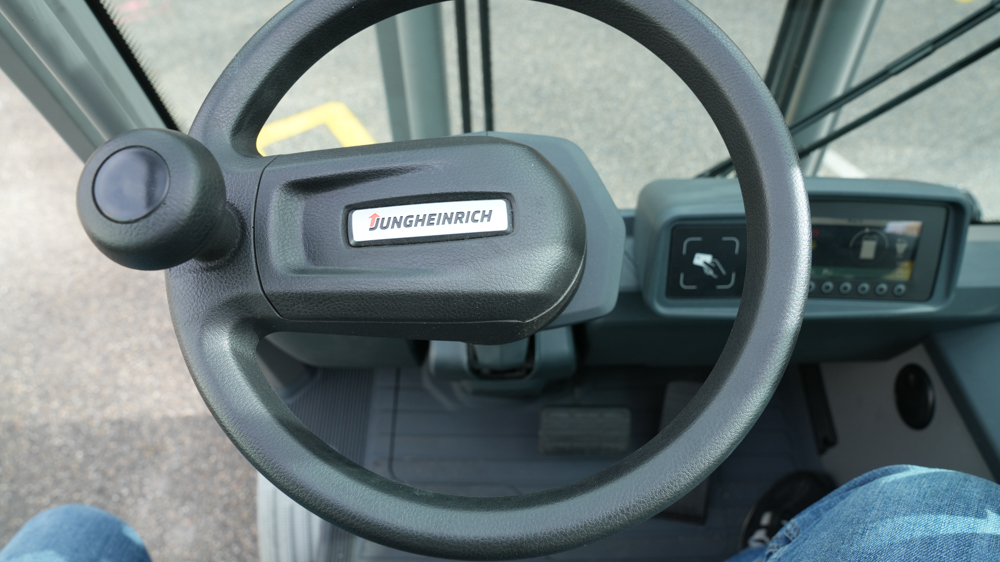
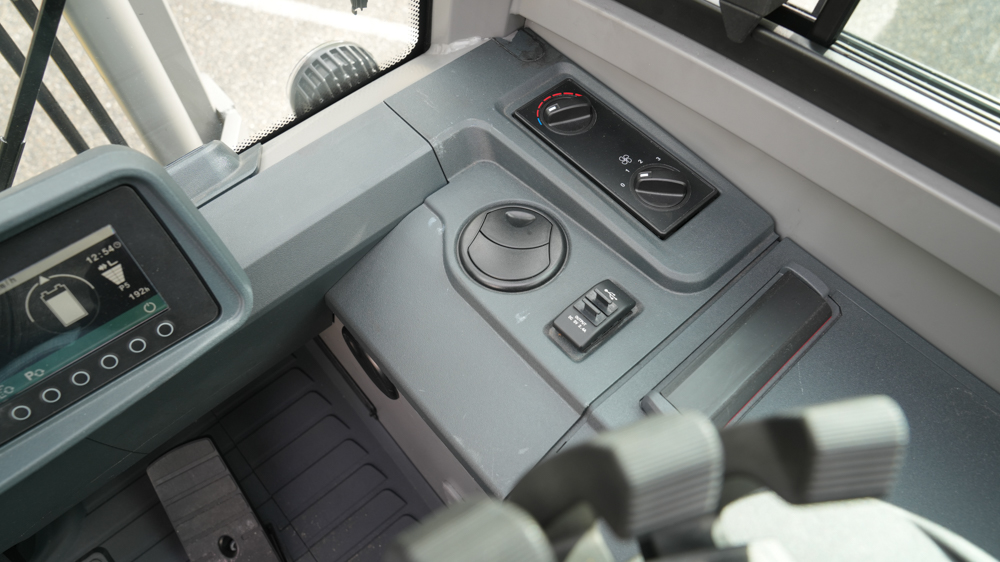
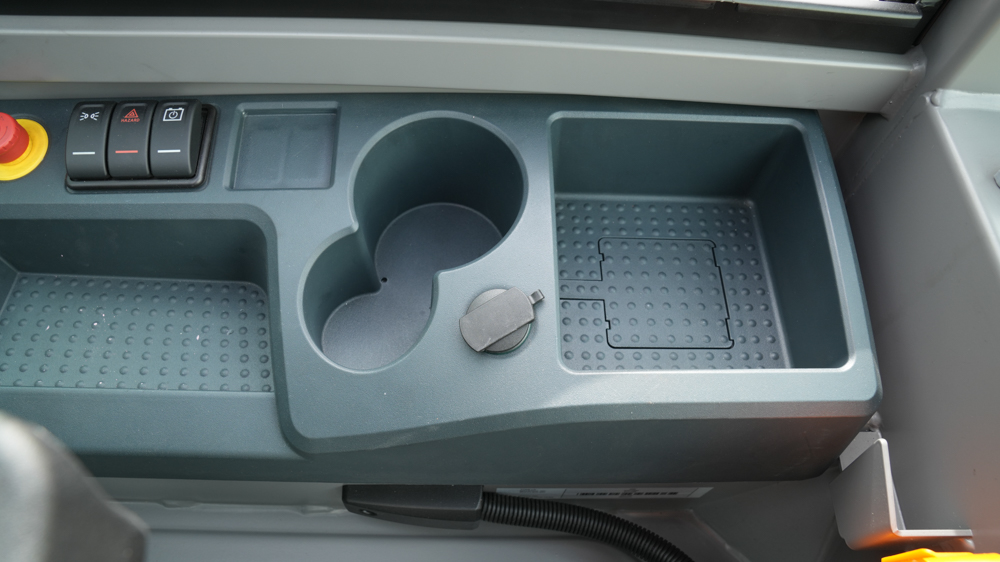
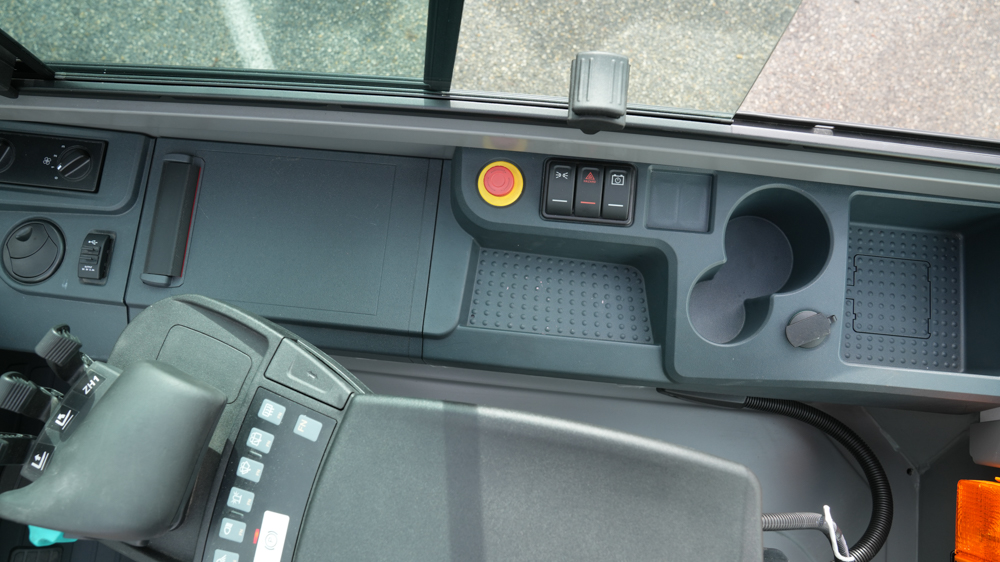
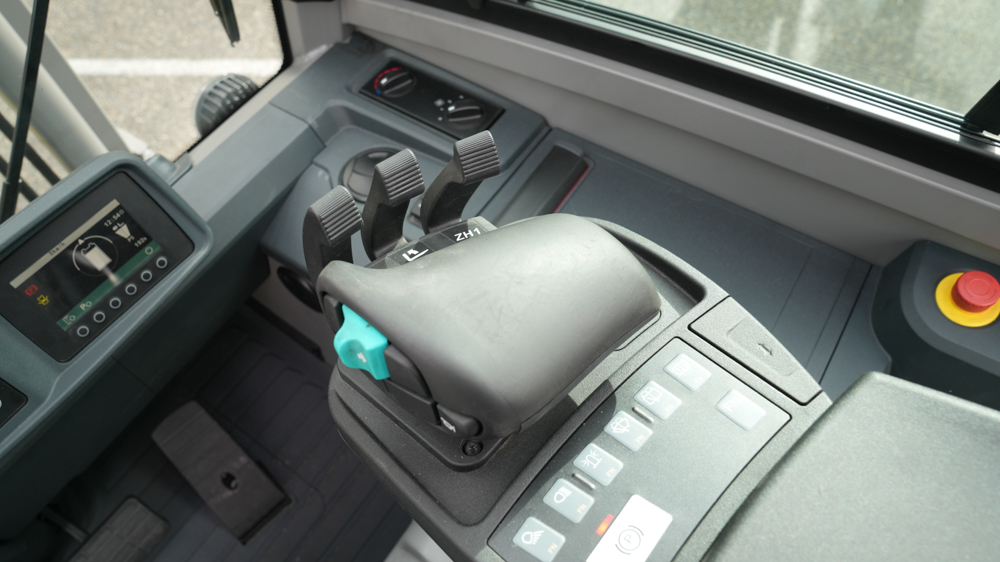
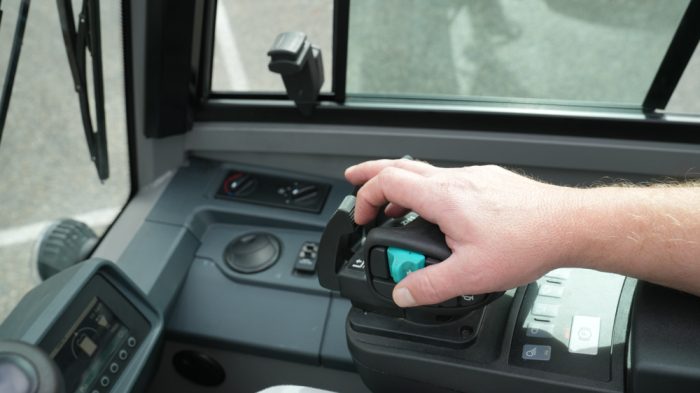
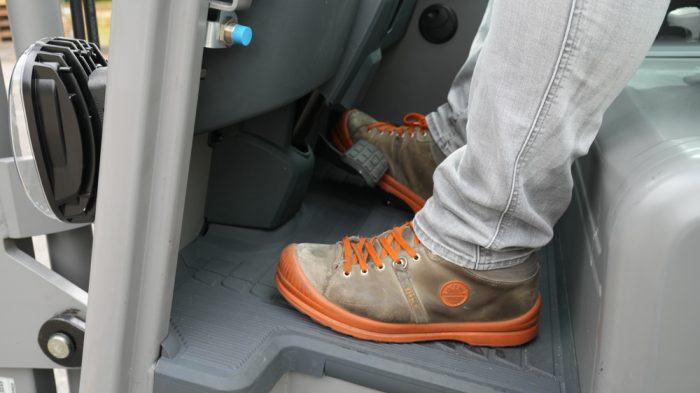
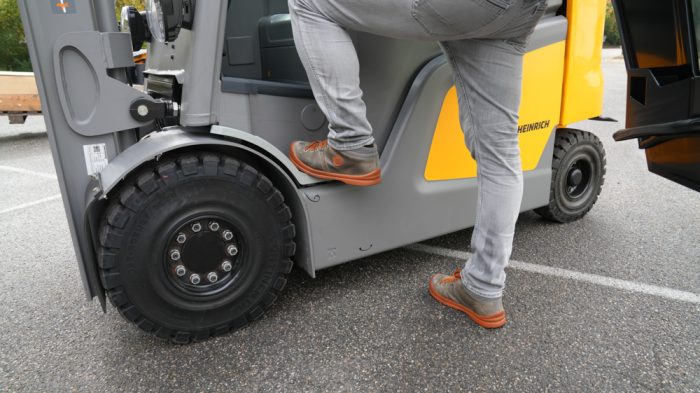
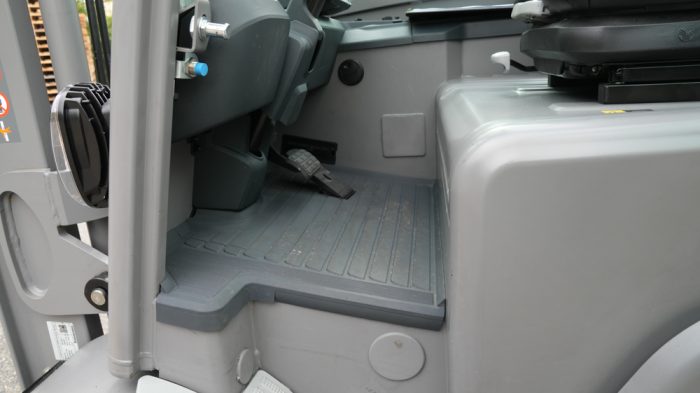
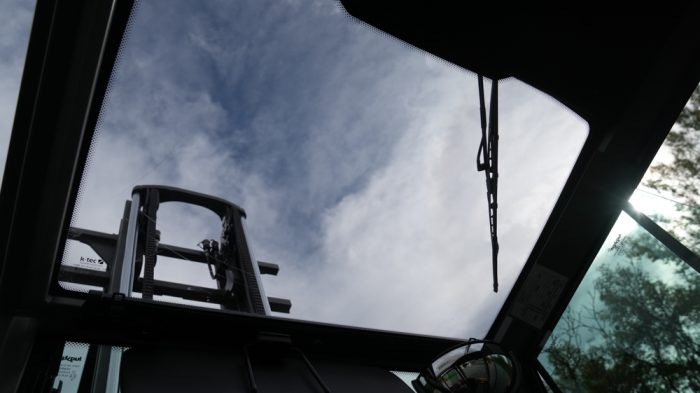
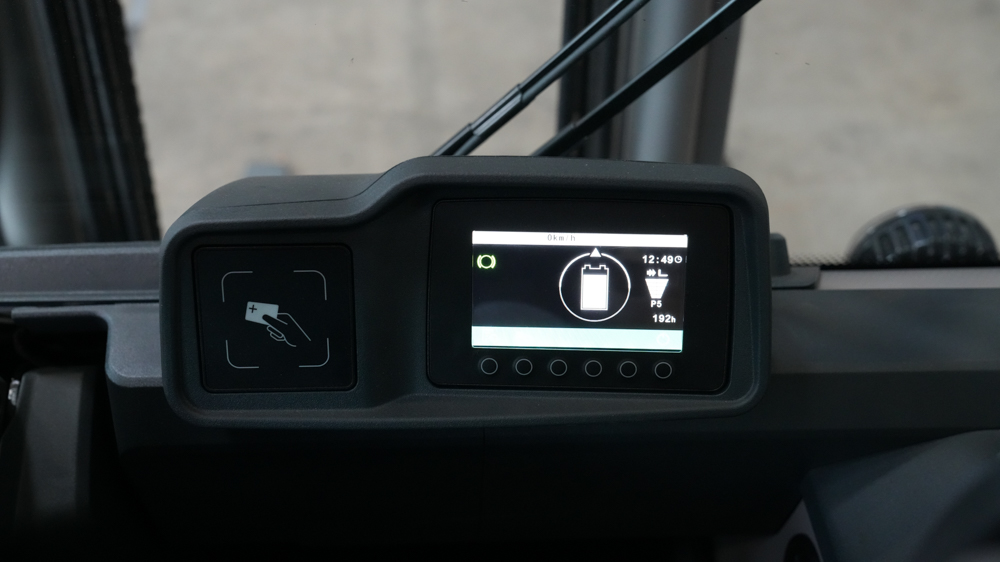
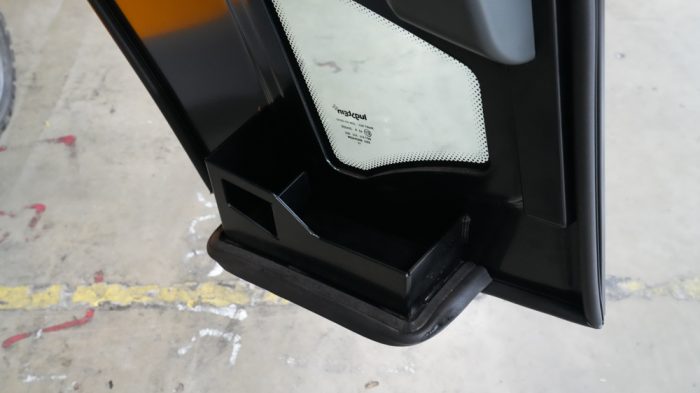
(Text and photos: Andersom Testing, Theo Egberts and Mark Dohmen)
Tags:
Andersom testing, EFG 425, Jungheinrich, Jungheinrich EFG 4-Serie
Functional and complete Clark recently introduced its ...

Cargometer, Jungheinrich, ProGlove, The Raymond Corpora...

Shorter delivery times and increased availability of sp...